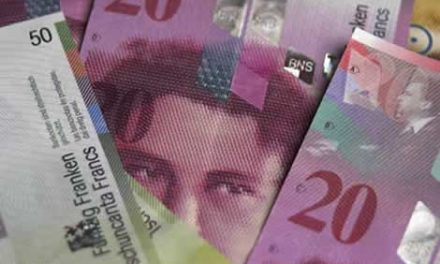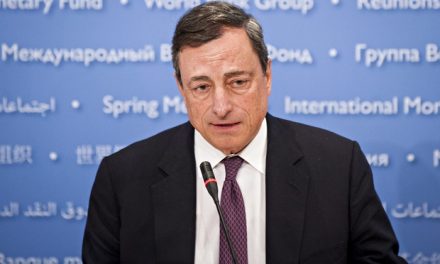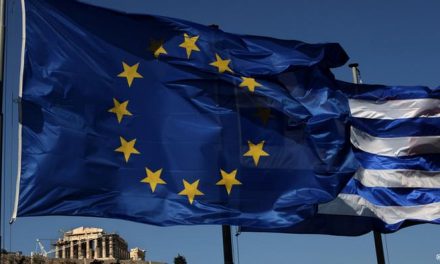Bloomberg
The Japanese government will spend 10.3 trillion yen ($116 billion) to drive a recovery from a recession in Prime Minister Shinzo Abe’s first major policy initiative to end deflation and boost growth. About 3.8 trillion yen will be for disaster prevention and reconstruction, with 3.1 trillion yen directed to stimulating private investment and other measures, according to a statement released today by the Cabinet Office. Extra spending will increase gross domestic product by about 2 percentage points and create about 600,000 jobs, the government said.
A pick-up in China’s inflation reported today highlighted a rebound in Asia’s biggest economy that may aid efforts by the newly elected Abe to lead Japan out of its third recession in five years. The stimulus may heighten concern that the government’s commitment to fiscal reform is slipping, adding to the risk that a public debt more than twice the size of the economy may trigger a surge in bond yields.
“Abe will probably give the economy more shots in the arm and turn a blind eye to fiscal discipline until the elections,” said Hiroaki Muto, a senior economist at Sumitomo Mitsui Asset Management Co. in Tokyo. “There’s a risk that long-term bond yields will rise unless the government takes measures to restore fiscal health.”
A fiscal boost may help Abe maintain support for his Liberal Democratic Party before upper house elections in July after the yen slid through 89 per dollar today and as stocks extend a rally.
The currency was at 88.98 per dollar as of 4:24 p.m. in Tokyo after touching the weakest since June 2010. The Nikkei 225 Stock Average (NKY) closed 1.4 percent higher for its ninth week of gains, while the MSCI Asia Pacific Index slipped 0.1 percent.
‘Clear Commitment’
The stimulus “shows a clear commitment to economic revitalization,” Abe said at a press conference today in Tokyo. “These are not pork-barrel” measures.
China’s December inflation was a more-than-forecast 2.5 percent as food costs climbed and infrastructure spending aided growth after a seven-quarter slowdown. Elsewhere in Asia, the South Korean won rose to a 16-month high against the dollar after the central bank kept interest-rates on hold.
In Japan, the central bank is set to adopt the 2 percent inflation target advocated by Abe, doubling its existing goal of 1 percent, without setting a deadline for achieving it, according to people familiar with central bank officials’ discussions.
The stimulus will “be a big lift for Japan’s economy,” said Kohei Okazaki, an economist at Nomura Securities Co. in Tokyo, which this week raised its growth forecasts for Japan. “It will put more pressure on the central bank for easing because the government can push out its chest and say that it’s doing what it can.”
Economic Challenges
The economic challenges facing the new prime minister were highlighted by data today showing a larger-than-expected current account deficit in November. Big manufacturers are the most pessimistic in almost three years, even as a sliding yen aids exporters from Toyota Motor Corp. (7203) to Panasonic Corp. (6752)
The government will compile a 13.1 trillion yen extra budget in the current fiscal year to help pay for its stimulus package. Some of the funding will be from selling about 5 trillion yen in bonds, the Cabinet Office said. Additional bond issuance for this fiscal year will be about 8 trillion yen including a previously announced plan to sell 2.6 trillion yen in so-called bridge bonds to cover pension payments.
Economic Contraction
Japan’s GDP shrank at an annualized 3.5 percent pace in the third quarter after contracting in the three months through June, meeting the textbook definition of a recession. The median estimate of economists surveyed by Bloomberg News is for a 0.6 percent contraction in the three months through December 2012, with growth in the three months to March seen at 1.6 percent.
The government said that most of the economic impact of today’s stimulus will come in the fiscal year that starts in April. It did not give further details on job creation.
The spending will include about 3.1 trillion yen for revitalizing local economies, medical services, child care and other measures, the government said. The measures to stimulate private investment will include steps to promote clean energy and energy saving. The government will also consider new measures to stabilize the currency market using the special account in the nation’s foreign-exchange fund.
The total size of the economic measures will reach 20.2 trillion yen when local government and private sector contributions are taken into account, the government said. The job and GDP effects calculated by the government are based on its estimate of the overall economic impact of its policy.
GDP Boost
Abe’s extra spending will help deliver real annualized GDP growth of 3.5 percent in the second quarter of this year, Nomura said in a report this week. The brokerage raised its GDP forecast for the fiscal year starting in April to 1.8 percent from 1 percent, citing the impact of the stimulus program and improved prospects for exports with the weaker yen and a recovery in the U.S.
Elsewhere in Asia, India’s factory output contracted in November as a holiday season skewed industrial production in Asia’s third-largest economy.
Swiss consumer prices may have extended their longest slump in at least four decades in December, posting the 15th straight year-on-year decline, a survey showed.
The U.S. trade deficit probably narrowed to $41.3 billion in November, according to the median of 68 estimates ahead of a Commerce Department report. The government’s monthly budget report, also scheduled for release today, is forecast to show a $1 billion deficit for December after an $86 billion shortfall the previous month.



















